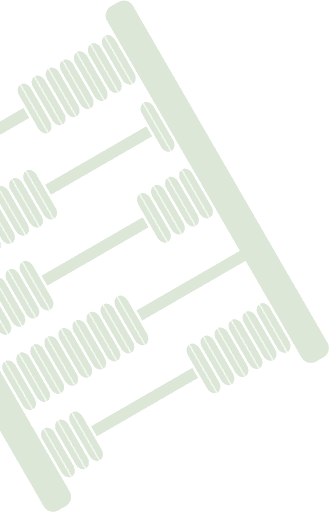How Much School Time Is Devoted to Mathematics Instruction?
Exhibit
6.4 presents information about the amount of mathematics instruction
given to eighth-grade students in the TIMSS 1999 Benchmarking jurisdictions
and the comparison countries. Since different systems have school
years of different lengths (see Exhibit
R3.6) and different arrangements of daily and weekly instruction,
the information is given in terms of the average number of hours of
mathematics instruction over the school year as reported by mathematics
teachers. Canada provides 150 hours per year, on average, and the
United States 144 hours, compared with the international average of
129 hours. Benchmarking entities with teachers reporting more than
150 hours of mathematics instruction per year were the Jersey City
Public Schools, South Carolina, North Carolina, the Delaware Science
Coalition, and the Fremont/Lincoln/Westside Public Schools. Interestingly,
the teachers in the Naperville School District and the First in the
World Consortium reported the least amount of mathematics instructional
time (114 hours) per year. Among the reference countries, the percentage
of instructional time at the eighth grade that was devoted to mathematics
ranged from 17 percent in the Russian Federation to nine percent in
Chinese Taipei and the Netherlands. Among the Benchmarking jurisdictions,
the percentage ranged from 18 percent in North Carolina to 11 percent
in Indiana, Pennsylvania, and First in the World.
As shown in Exhibit
6.5, teachers of about half the students, on average internationally,
reported that mathematics classes meet for at least two hours per
week but fewer than three and a half. For another one-third of students,
classes meet for at least three and a half hours but fewer than five.
On average, eighth graders in the United States spend more time in
mathematics class per week (typically three and a half to five hours)
than do their counterparts internationally. This pattern of more classroom
time held for nearly all of the Benchmarking entities, with the exception
of the Chicago Public Schools and Naperville (primarily two to three
and a half hours), and North Carolina and the Jersey City Public Schools
(primarily five hours or more).
The data, however, reveal no clear pattern between the number of
in-class instructional hours and mathematics achievement either across
or within participating entities. Common sense and research both support
the idea that time on task is an important contributor to achievement,
yet this time can be spent more or less efficiently. Time alone is
not enough; it needs to be spent on high-quality mathematics instruction.
Devoting extensive class time to remedial activities can deprive students
of this. Also, instructional time can be spent out of school in various
tutoring programs; low-performing students may be receiving additional
instruction.
Videotapes of mathematics classes in the United
States and Japan in TIMSS 1995 revealed that outside interruptions
like those for announcements or to conduct administrative tasks can
affect the ow of the lesson and detract from instructional time.(2)
As shown in Exhibit
6.6, on average internationally about one-fifth of the students
(21 percent) were in mathematics classes that were interrupted pretty
often or almost always, and 28 percent were in classes that were never
interrupted. In Japan and Korea, more than half the students were
in mathematics classes that were never interrupted – compared
with only 10 percent in the United States. In the United States, nearly
one-third of the eighth graders were in mathematics classes that were
interrupted pretty often or almost always. If anything, the teachers
in most of the Benchmarking jurisdictions reported even more interruptions
than did teachers in the U.S. nationally. The jurisdictions with more
than 15 percent of students in classrooms that were never interrupted
were Illinois, the First in the World Consortium, Montgomery County,
and Naperville. Conversely, the jurisdictions with the highest percentages
of students in classrooms almost always interrupted (17 to 18 percent)
were the public school systems of Chicago, Jersey City, Miami-Dade,
and Rochester. Students in mathematics classrooms that were frequently
interrupted had substantially lower achievement than their counterparts
in classrooms with fewer interruptions.


